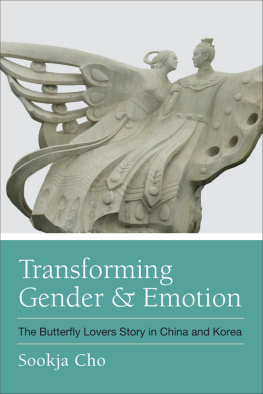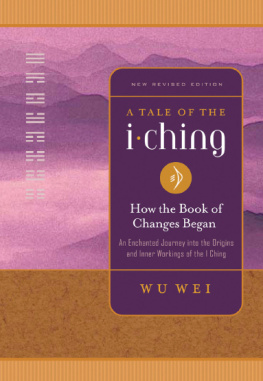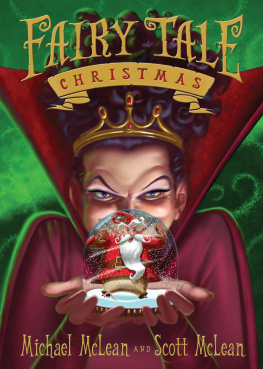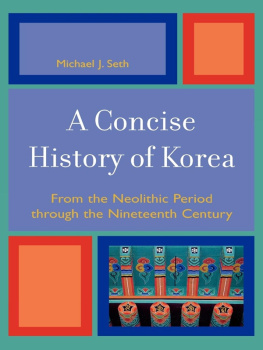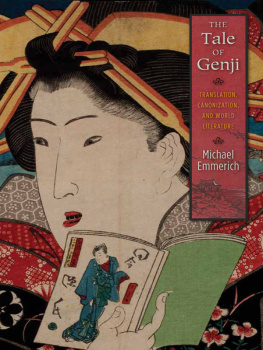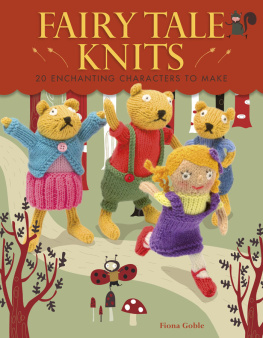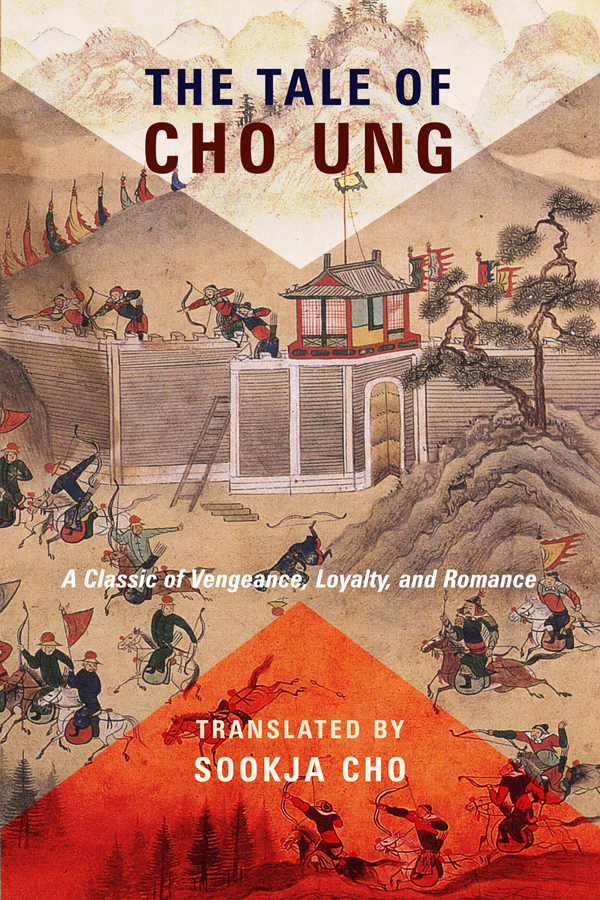Contents
Guide
Pagebreaks of the print version
THE TALE OF
CHO UNG
THE TALE OF
CHO UNG
A Classic of Vengeance, Loyalty, and Romance
TRANSLATED BY
SOOKJA CHO
COLUMBIA UNIVERSITY PRESS NEW YORK
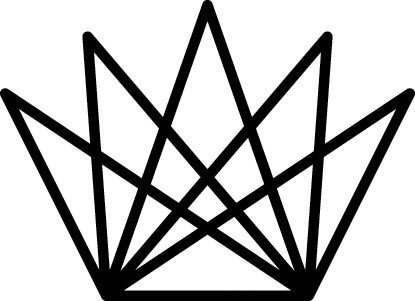
COLUMBIA UNIVERSITY PRESS
Publishers Since 1893
NEW YORK CHICHESTER, WEST SUSSEX
cup.columbia.edu
Copyright 2018 Columbia University Press
All rights reserved
E-ISBN 978-0-231-54649-2
Library of Congress Cataloging-in-Publication Data
Names: Cho, Sookja translator.
Title: The tale of Cho Ung : a classic of vengeance, loyalty, and romance / translated by Sookja Cho.
Other titles: Cho Ung chon. English.
Description: New York : Columbia University Press, 2018. | Includes bibliographical references and index.
Identifiers: LCCN 2018006944 | ISBN 9780231186100 (cloth : alk. paper) | ISBN 9780231186117 (pbk. : alk. paper)
Classification: LCC PL989.A1 C45713 2018 | DDC 895.73/2dc23
LC record available at https://lccn.loc.gov/2018006944
A Columbia University Press E-book.
CUP would be pleased to hear about your reading experience with this e-book at .
Cover image: Iljnhaewido, from the series Pukkwan Yujk Tochp, by anonymous artist, ink and color on paper, 31.0 x 41.2 cm, approximately eighteenth century, Korea University Museum
Book & Cover design: Chang Jae Lee
To my parents
CONTENTS
T his translation project is the acme of my teaching and research at Arizona State University. I completed a first draft in December 2012, which is when the real effort began. For the last five years, my spare time has been consumed by reading other old editions, consulting modern Korean collated editions, and revising my translation. Each time I began to flag, I was heartened by the help and support of my wonderful friends and colleagues. I deeply appreciate everyone who provided feedback during this long period.
In 2015, the Literature Translation Institute of Korea offered its support. It was a turning point for this project, driving me to wrap up long-standing questions and proceed to publication. My heartfelt thanks, therefore, to the institute.
I am grateful to the two anonymous readers who reviewed the manuscript and have embraced their suggestions as much as possible. I also extend my utmost gratitude to Jennifer Crewe at Columbia University Press, who immediately saw the value of the manuscript, and to Christine Dunbar, Christian Pizzaro Winting, and Susan Pensak, with whom I have worked closely through the publication process. Their prompt and excellent work has made publishing with Columbia both an efficient and a valuable experience.
Although I have put my very best into this translation, I trust that it will be improved upon in future. As the project progressed, I realized again and again how much I owe to earlier scholars in the field, most of whom I know only from their books and articles. I have been able to mention only some of these trailblazing works in the present volume. My hope is that this translation will add to the understanding of this popular Korean tale among English-speaking readers and inspire scholars to build upon my work. I look forward to future research on and translations of the Tale of Cho Ung and other popular tales of premodern Korea, which will allow the Western understanding of Korean culture and literature to ripen.
O ne day in the late Chosn (seventeenth-nineteenth centuries), a professional storyteller stood in a tobacco store on the main street of Seoul, recounting a heroic tale. One man listened enthralled until, losing track of the line between the real world and the imaginary one, he abruptly leaped to attack the storyteller himself. Recorded in anecdote, the bizarre behavior of this one man illustrates not only the prevalence of public storytelling in late Chosn Korea but the depth of Koreans personal interest in such stories. The Tale of Cho Ung encapsulates these late Chosn Koreans passion for stories, allowing us to untangle and hear the multifaceted voices of those earlier Koreans in our modern imagination.
C HOS N B EST S ELLER : T HE T ALE OF C HO U NG
The anonymously written Tale of Cho Ung (Cho Ung chn or ) unravels its young protagonist Cho Ungs journey, interlaced with romance, retribution, and military triumph, as he fearlessly confronts and overcomes obstacles and grows into a heroic man. The tale was the best-selling fictional narrative of the late Chosn period. There are approximately 450 surviving copies of different editions in manuscript or print (woodblock and movable-type) formmore than of any other popular narrative from the Chosn dynasty (13921910).
The Wansan editions are the longest and are considered representative commercial versions ( panggakpon ), in terms of popularity, quantity, and quality.
The recent discovery of the tales circulation through the book rental business opens up further dynamics of its multiplication in different editions within the context of the commercialization of reading and printing culture. For instance, a study of the relationship between different editions found that lending (or circulating) library editions ( sechaekpon ) from Seoul preceded the Wansan editions and any other commercial versions, hinting that they were the fount from which different tellings of the tale sprang and competed with each other for commercial attention. The apparently lengthy volumes of these lending library editions also serve to explain some traces of omissions in the surviving editions, suggesting that what we see today is not the whole, original best-selling tale of Cho Ung.
Despite its wide popularity, revealed by the numerous editions and copies published up to the early twentieth century, the Tale of Cho Ung did not initially attract a correspondingly strong interest among later scholars and audiences. In the new literary and cultural environment, which applied its own standards to canonical literature, the tales unique literary value and importance as a best-selling story were gradually forgotten. Such gaps between the tale and modern audiences have also resulted in the lack of a complete, readable modern Korean or English translation. Though modern Korean renditions of the tale continued to emerge in the late twentieth century, they were often presented in abbreviated form, as a part of a larger anthology and with a focus on the tales didactic message, their dry tone belying the wild popularity of the story over the ages. In recent decades, however, academic and official efforts to promote traditional literary works among Korean and global readers have brought new attention to the Tale of Cho Ung , as has a reprint of the early twentieth-century movable-type edition (Adan mungo, 2007). The growth of academic and popular interest both in the tale and in classical Korean literature is anticipated at a greater level.
O RIGINS AND A UTHORSHIP : T HE T ALE OF C HO U NG IN H ISTORICAL C ONTEXT
There is little information about the identity of the author of the Tale of Cho Ung . None of the surviving editions or texts offers any evidence. This is not entirely surprising: most vernacular tales from the Chosn period were circulated anonymously or under aliases due to the low cultural esteem in which vernacular fiction was held.
The Tale of Cho Ung could have been composed at any time during the two hundred years or so between the inception and the blossoming of vernacular Korean stories. Based on the scale, themes, and the structure of the tale, however, most scholars hold that it probably emerged in the late eighteenth or early nineteenth century, when heroic martial and pansori -based Korean novels were in full bloom. This omission suggests that the Tale of Cho Ung was not particularly visible before the late eighteenth century. In examining the surviving editions dating back to the mid-nineteenth century, it therefore seems most likely that the Tale of Cho Ung was written sometime during the late eighteenth or early nineteenth century.


